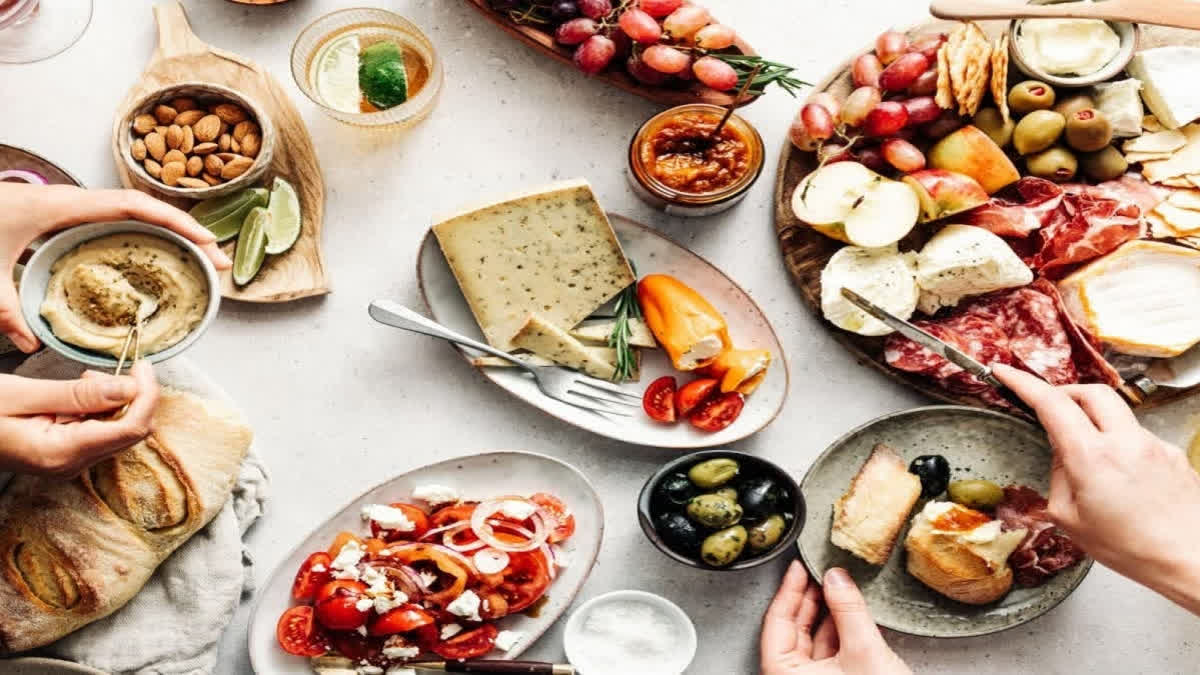Leicester: Every year, around 2.4 million people in the UK get food poisoning mostly from viral or bacterial contamination. Most people recover within a few days without treatment, but not all are that lucky. As a microbiologist, I'm probably more acutely aware of the risk of food-borne infections than most. Here are some of the things I look out for.
Eating outdoors
"I rarely eat alfresco whether picnics or barbecues as the risk of food poisoning goes up when food is taken outdoors," said Freestone.
Keeping your hands clean when handling food is key to not getting sick, but how often do you find hot running water and soap in a park or on a beach? You can use alcohol hand gels (they're better than nothing), but they don't kill all germs. Also, food tends to attract an array of flying and crawling critters, such as flies, wasps and ants, all of which can transfer germs, including E coli, Salmonella and Listeria, to your food.
Keeping perishable food cold and covered is essential as germs can double in numbers if food is allowed to warm up to 30 degrees Celsius for more than a few hours. For barbecues, meat needs to be thoroughly cooked, and a meat thermometer is a good investment to avoid food poisoning. Do not eat meat if its internal temperature is less than 70 degrees Celsius.
Buffets
Knowing what food-related conditions bacteria prefer to grow in, I am very mindful of the microbiological safety of hot and cold buffet displays. Indoors, food can be exposed to contamination from insects, dust and above all, people. Food poisoning is, therefore, an inevitable risk when dining at a buffet.
Contamination comes from buffet visitors touching food, and germs can be sprayed on to buffets from people sneezing or coughing close to the food. Even indoors, one must consider contamination by insects, such as flies or wasps, settling on the uncovered food. Also, germs may be deposited from the air, which is rich in bacteria, fungi and viruses.
"I always look at the clock when I'm at a buffet as there is a two-hour catering rule: perishable food will become unsafe to eat within two hours if not kept covered and refrigerated," informed Freestone.
The problem is buffets tend to be laid out before you arrive, so it is difficult to tell if the platters of cooked meat, seafood, salads, desserts and appetisingly arranged fruit and vegetables will have been sitting for more than two hours when you come to eat them.
For hot buffets, such as those served at breakfast in hotels, I always avoid lukewarm food, as bacteria that cause food poisoning can grow quickly when food is kept at less than 60 degrees Celsius. Hot food should be served hot, that is at a temperature of at least 60 degrees Celsius.
Also read:Are fish oil supplements as healthy as we think? Is eating fish better?
If there is any uncertainty about the safety of the food on offer, I reluctantly breakfast on freshly toasted bread and individually packaged marmalade.
Oysters
There are some foods I never eat, and raw shellfish, such as oysters, is one of them. This is because oysters are filter feeders and can concentrate germs, such as Vibrio and norovirus, in their tissue.
A Vibrio-contaminated oyster does not look, smell, or taste different, but can still make you very ill. The US Centres for Disease Control and Prevention estimates that about 80,000 people get Vibrio infections from raw oysters, and in the US alone 100 people die from vibriosis each year.
